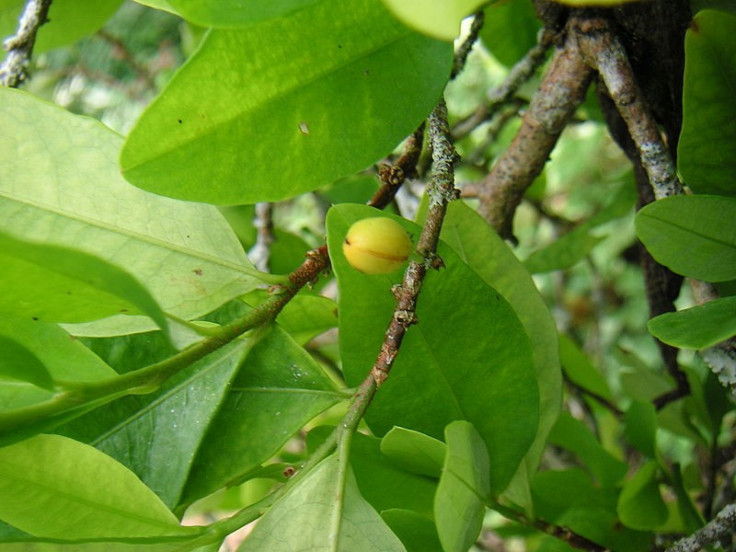Coca Leaf Production Drops Off In Bolivia, U.N. Report Finds

Bolivia's cultivation of coca leaves, which provide the main ingredient for cocaine, has dropped off over the past year, according to a recent U.N. report.
The U.N. Office on Drugs and Crime reported a 12 percent decrease in the plant's cultivation, indicating success of the Bolivian government's efforts to crack down on cocaine production and trafficking.
Limited cultivation of the coca leaf is permitted in Bolivia, where it has been chewed as a mild stimulant for centuries.
Along with its Andean neighbors, Peru and Colombia, Bolivia remains at the center of cocaine production in the world. The report does not indicate how the reduction in coca leaf cultivation has affected cocaine production, but showed that government seizures of cocaine base were up 10 percent from in 2011 from 2010, and seizures of processed cocaine were up 65 percent.
Bolivian President Evo Morales has blamed demand for the drug in the U.S. and other industrialized Western nations for the perpetuation of the cocaine production and trafficking out of the region.
© Copyright IBTimes 2024. All rights reserved.











